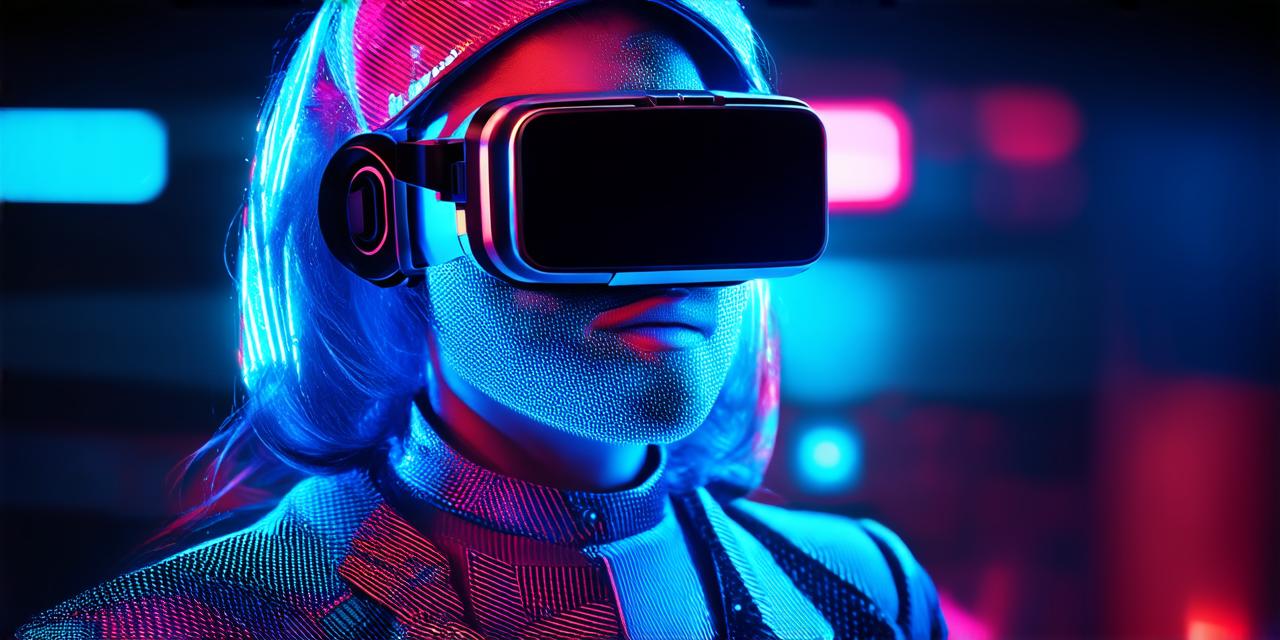Are you tired of feeling disconnected from the digital world around you? Do you wish you could immerse yourself in a virtual environment where anything is possible? If so, you’re probably wondering what the difference between augmented reality (AR) and virtual reality (VR) really is.
In this article, we’ll explore the primary distinction between AR and VR and provide some real-life examples of how these technologies are being used to enhance our experiences. We’ll also discuss the potential benefits and challenges associated with each technology, as well as some case studies that illustrate how they’re being used in various industries.
What is Augmented Reality?
Augmented reality is a type of computer-generated experience that superimposes digital images and information onto the real world. It allows users to see and interact with virtual objects in their physical environment, creating an immersive and interactive experience.
One of the most well-known examples of AR is the popular mobile app Pokémon Go. In this game, players use their smartphones to capture virtual creatures called Pokémon by scanning real-world environments. The game’s augmented reality technology overlays digital information onto the player’s view of the world, creating a seamless and engaging experience that blurs the line between reality and imagination.
Another example of AR is the use of it in manufacturing and engineering. By overlaying digital information onto physical objects, workers can gain a better understanding of how a product or system works, making it easier to make changes and improve processes.
What is Virtual Reality?
Virtual reality, on the other hand, is a completely immersive experience that simulates a 3D environment that users can interact with using specialized headsets or other devices. VR technology creates a fully artificial world that users can explore and manipulate, allowing them to escape from the real world and enter a digital realm where anything is possible.

One of the most well-known examples of VR is the Oculus Rift, a high-end headset that allows users to experience fully immersive virtual environments. The Rift’s advanced motion tracking technology enables users to move their bodies in real-time, allowing them to explore and interact with the digital world around them.
Another example of VR is its use in gaming and entertainment. By creating a fully immersive environment that users can experience through specialized headsets or other devices, developers can create truly unique and engaging games that transport players into new worlds.
The Primary Difference Between AR and VR
While both AR and VR technologies allow users to interact with digital information in their physical environment, there are some key differences between the two. Firstly, AR is a more limited experience that is overlaid onto the real world. Users can see and interact with virtual objects and information, but they are still grounded in their physical environment. This makes AR a useful tool for industries such as manufacturing and engineering, where workers need to understand how a product or system works in order to make improvements.
bekannten Beispielen von AR sind die Verwendung von AR-Technologie in der Herstellung und dem Ingenieurwesen. Durch das Überlagern digitaler Informationen auf physische Objekte können Arbeitnehmer ein besseres Verständnis für den Aufbau eines Produkts oder Systems erhalten, was es einfacher macht, Änderungen vorzunehmen und die Effizienz zu verbessern.
